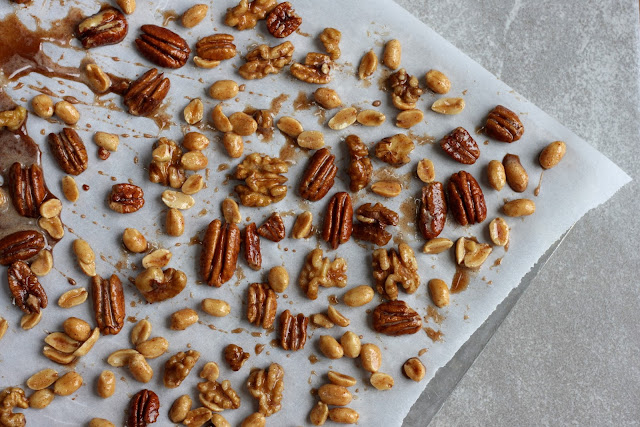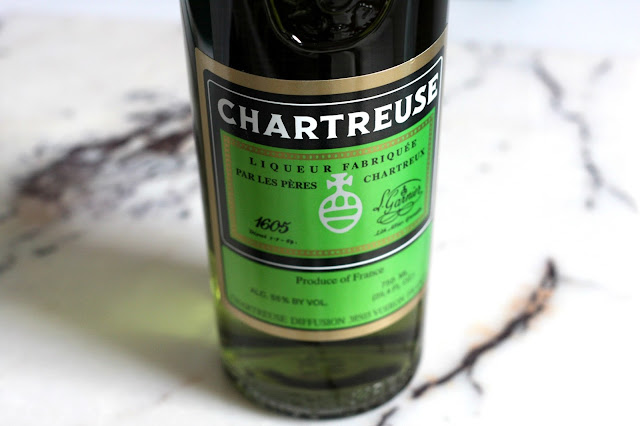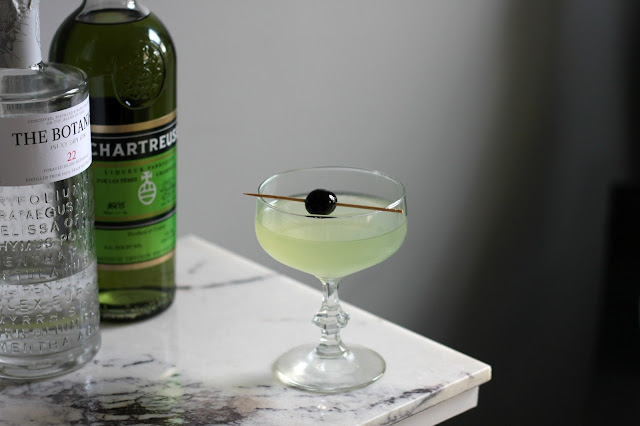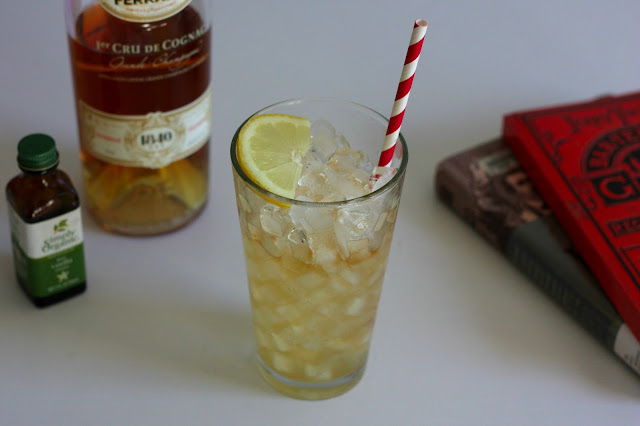It's New Year's Eve! This has always been one of my favorite holidays. Everyone gets dressed up, drinks champagne, and toasts to new beginnings. I've never been big on formal resolutions, but I do see the new year as an opportunity to start fresh. I feel like you can tell that other people do, too. Everybody is a bit nicer around this time, a bit more determined to be better in one way or another.
I aspire to one day host an annual New Year's Eve party. Like a big formal affair, with lots of confetti and champagne cocktails where everybody dresses up. But ever since I became old enough to do so, I've never had the opportunity - as most of our friends are either graduate students or medical residents, they're out of town or working on New Year's. I'm sure one day my glamorous dreams will come true, but until then I'll enjoy quiet evenings with family and close friends. And, of course, champagne cocktails.
I have expounded at length on my love of champagne and all cocktails that use it, so I won't go into it yet again. But I love how many great recipes pop up around New Year's. I'm happy to share an original recipe today. I was going to make Ginger Sparklers with honey-ginger syrup when I came across the Auld Lang Syne over at Bit by a Fox. It's a sparkling wine cocktail that includes my current favorite Scotch, Highland Park 12-year. For some reason, adding Scotch to champagne never occurred to me. I thought about adding it to this one, and realized that I was inching towards a sparkling version of a Penicillin, a "new classic" that mixes ginger-honey syrup with lemon juice and Scotch. It seemed like a pretty good idea.
But what to call it? Naming a cocktail can be tricky if you want to pick something new. Since this is a riff on the Penicillin, I really wanted to call it a Panacea, but apparently I'm not the only one who had that brilliant idea. I also toyed with the idea of naming it after Alexander Fleming, the scientist who discovered Penicillin, but it turns out Fred Yarm of Cocktail
Keeping with the antibiotic theme (and since Ciprofloxacin just doesn't have that nice ring to it), I'm calling this the Curative cocktail. It's rich and bubbly, with hints of ginger spice. The candied ginger makes a lovely garnish, and if you drop it in your drink the sugar slowly dissolves, kind of like the sugar cube in a champagne cocktail. I think it's one of my better inventions.
Cheers, and happy New Year!
Curative
1/2 oz. blended Scotch whiskey (I used Monkey Shoulder)3/4 oz. honey-ginger syrup*
sparkling wine
Combine Scotch and syrup in a shaker. Add ice and shake until chilled. Strain into a champagne flute. Top with champagne or other sparkling wine. Garnish with a piece of crystallized ginger.
*For honey-ginger syrup: combine 1/2 cup honey, 1/2 cup water in a saucepan. Add a 3-inch piece of fresh ginger, peeled and thinly sliced. Let the mixture come to a simmer so that honey is dissolved. Turn off the heat and let it sit for at least 10 minutes. Strain out ginger and let cool before use.




















































